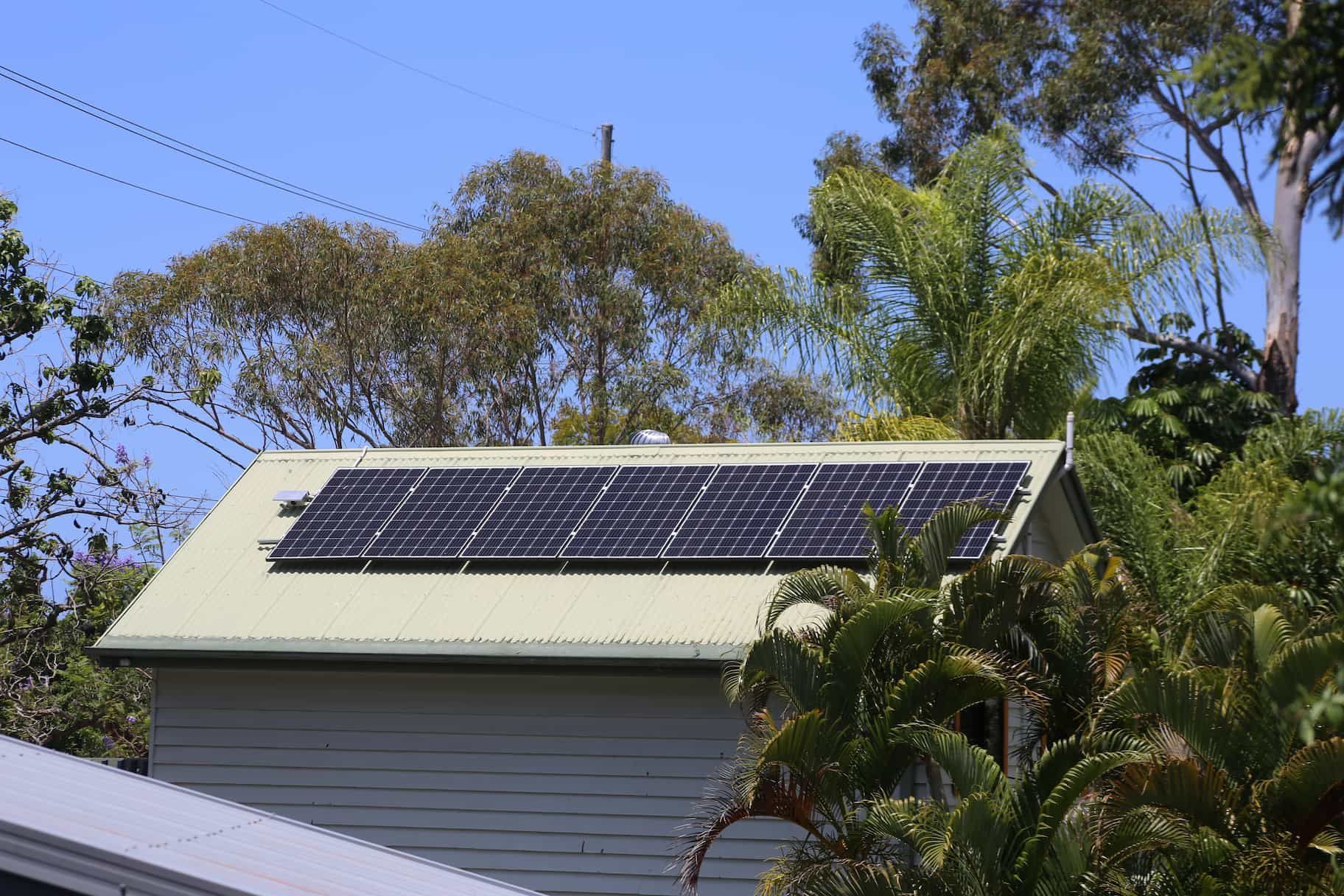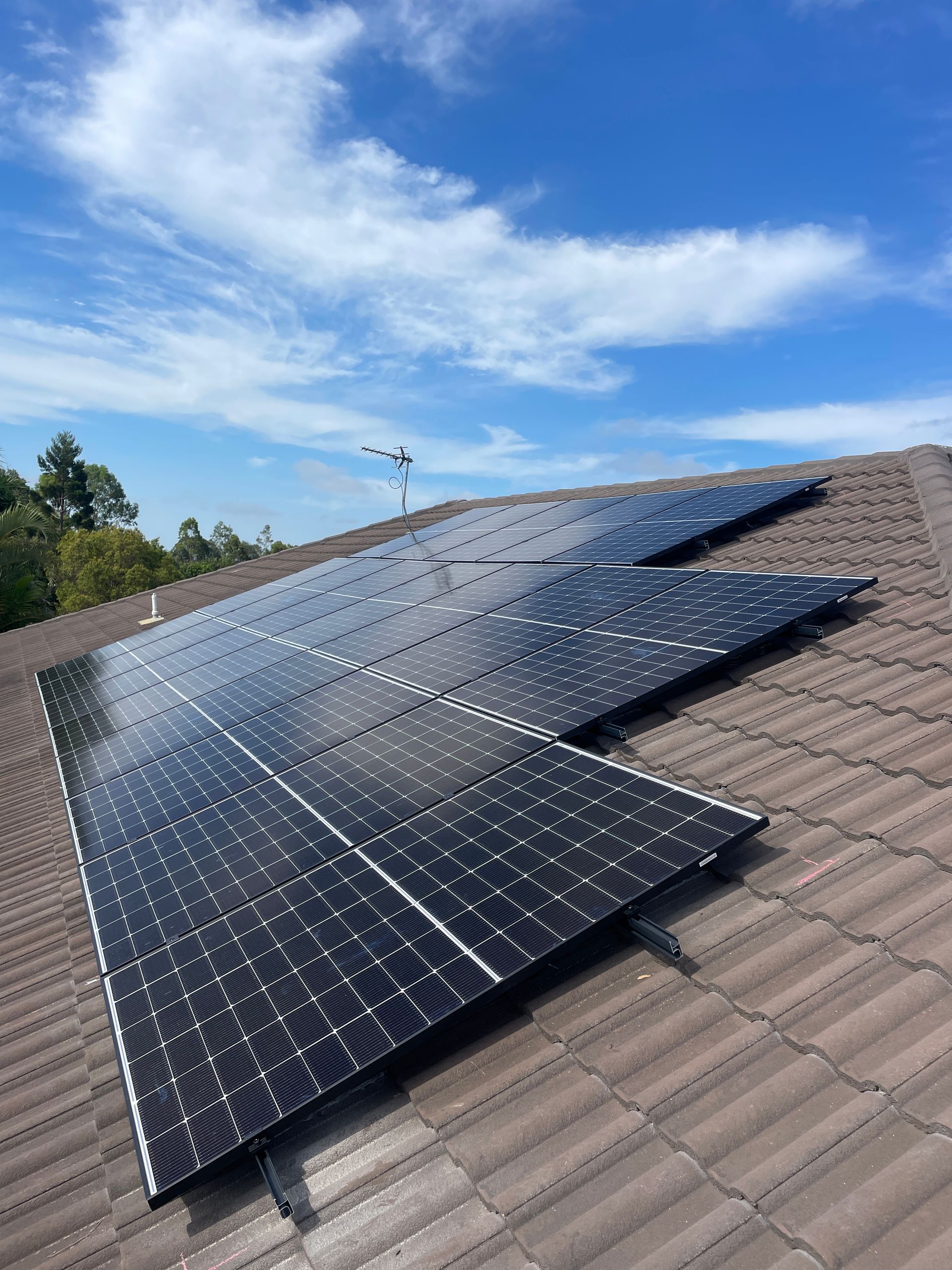How Long Do Solar Panels Last?
Australia has the highest per-capita rate of solar panels in the world, with one in three homes using solar as part of their energy solution. Homeowners and businesses alike are turning to solar energy for its environmental benefits and cost-effectiveness. However, one of the key questions that arises when considering solar panels is their longevity. “How long can you expect your solar investment to last?”
Most solar panels in Australia will last for 25 to 30 years, with some brands offering that timeframe as a warranty. However, this doesn’t mean they stop functioning after this period. Many panels continue to operate at a reduced efficiency beyond their warranty period. The lifespan of solar panels can extend up to 40 years, depending on various factors, including the brand, type and the local climate in which they are installed.
What Factors Influence the Lifespan of Solar Panels?
From local weather conditions to the brand installed, there are several key factors that impact the longevity of your solar panels:
Quality & Brand: High-quality panels from reputable manufacturers tend to last longer and perform better.
Environmental Conditions: Exposure to extreme weather, such as intense heat, humidity or coastal salt sprays, can affect the panels' durability.
Installation & Positioning: Proper installation and optimal positioning can reduce wear and tear, extending the panels' lifespan.
Maintenance: Regular cleaning and maintenance prevent damage and ensure panels operate efficiently.
Local Climate: The specific climate of your local area can influence how quickly panels degrade.
Technological Type: The type of solar panel technology (e.g. monocrystalline, polycrystalline, thin-film) also plays a role in its durability.
Usage Patterns: The intensity of use and the electrical load can impact the panels' longevity.
Physical Damage: Panels can be damaged by external factors like hail, falling branches or other debris.
Solar Panel Maintenance Requirements
To ensure the longevity of solar panels, regular
maintenance is essential. This typically involves routine cleaning to remove dust, dirt and other debris that can accumulate on the panels and reduce their efficiency.
It's also important to have periodic professional inspections to check for any physical damage or technical issues. Fortunately, solar panels require relatively low maintenance compared to other energy systems, making them a convenient choice for many home and business owners.
Does the Energy Output of Solar Panels Change Over Time?
Yes, the energy output of solar panels does decrease gradually over time - a phenomenon known as the degradation rate. For most high-quality solar panels, the annual degradation rate is between 0.5% and 1%. This means that after 25 years, the panels will operate at about 75-90% of their original efficiency. This gradual decrease in efficiency is a normal part of the solar panel's lifecycle.
How Do You Tell If Your Solar Panels Need to Be Replaced?
There are several signs that your solar panels might need replacing, including:
- A significant drop in energy output
- Physical damage, such as cracks or discolouration
- If your energy bills start to increase unexpectedly
Monitoring system performance through your solar inverter can alert you to any efficiency issues.
Conclusion
Solar panels are a robust and long-lasting solution for your energy requirements. With an average lifespan of 25-30 years and the potential to last even longer, they offer a long-term investment for those looking to harness the power of the sun.
By understanding the factors that affect their lifespan and adhering to maintenance requirements, you can ensure that your solar panels provide efficient and reliable energy for many years.
If you need a
solar electrician to install
solar panels on your home or
business, get in touch with JL Electrical Solutions on the Gold Coast today!
Written By Josh Lys
Since 2015, Josh has helped Gold Coast locals with their residential, commercial and industrial electrical needs. From installing power points to cleaning air conditioners and helping customers harness the benefits of solar, Josh has extensive experience installing, repairing and maintaining even the most complex electrical systems and is fully licensed and insured.
Don't let a minor electrical issue become major. Call Josh today!
Site Links
Electrical
Air
Solar
Safety & Compliance
Contact
Open 24/7
Social
Licenses
- Electrical 91106
- Air Conditioning 1127358
- Solar A2833029
- ABN 23763195628





